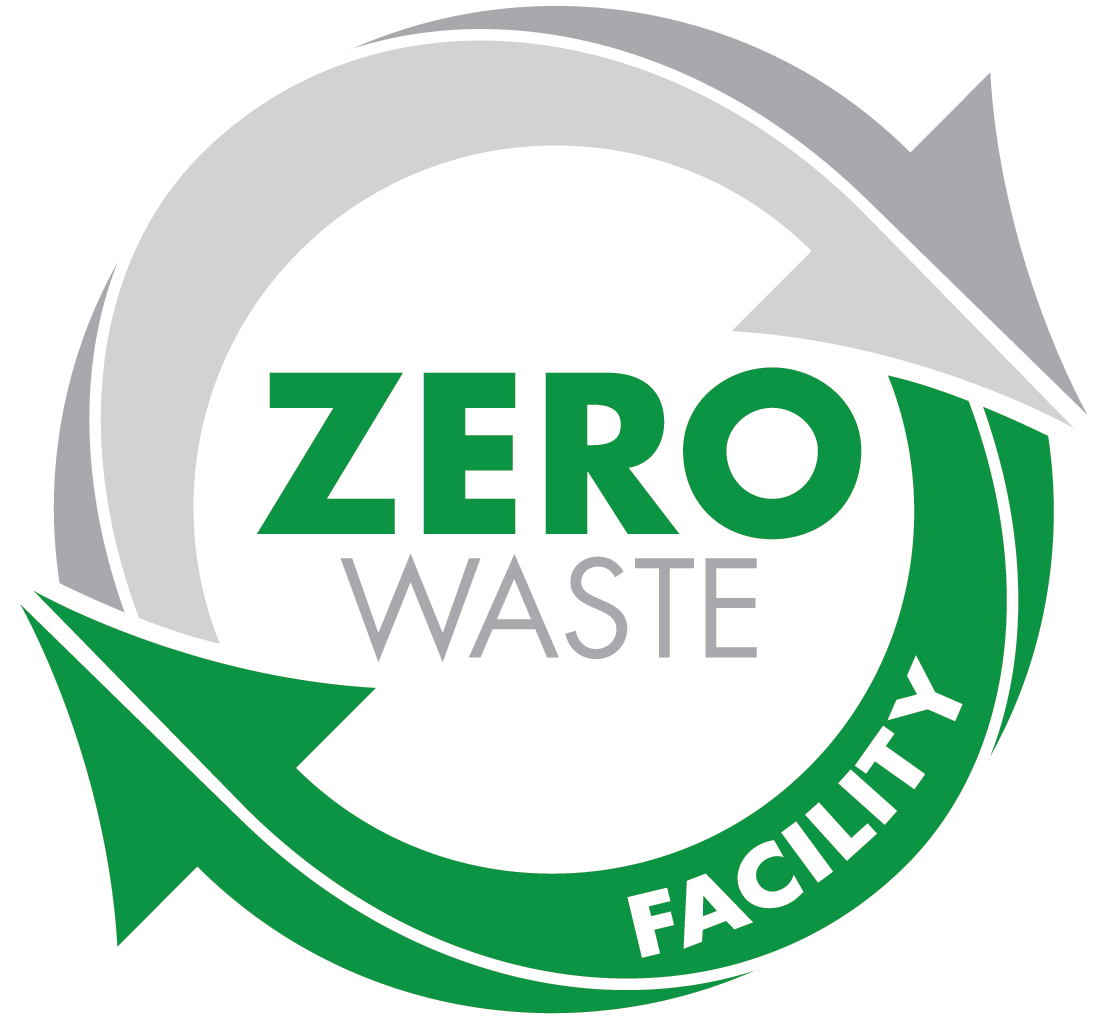Blog
PCB assembly is an integral part of most electronics, and requires careful execution at each stage. The process involves various stages and construction methods used in the assembly process today. Common assembly techniques involve:
- Through-hole attachments, where the components are attached on the circuit board through holes bored onto the circuit board
- Surface mounted attachments, where components are soldered onto the surface of the board
The assembly of a circuit board may involve both processes, though most tend to have through-hole components attached on the board. This makes a mixed-approach to circuit-board assembly more suitable when dealing with complex boards. Conversely, through-hole assembly is more preferred for primary components of a circuit board since they offer stronger attachments than those attached on the surface of the board.
Once PCB assembly process is completed, it is always important to test and evaluate the quality of work done. Various testing techniques are deployed in testing a printed circuit board, and include the following:
- Visual inspection of the circuit board - to ensure that all the components are fixed in the right place. Visual inspection also helps in ensuring that all soldered joints are perfectly welded on the board with no possible electrical faults.
- Analogue signature analysis – A sine wave is applied across various components to test for the flow of electric current.
- In-circuit testing – where all the electrical components are tested for the ratings such as frequency, voltage and input/output amperes.
- Functional testing – The circuit board is verified whether it’s able to undertake its intended purpose.
Although a circuit board should pass all the above tests, failure in some tests should not lead to the concept being discarded. Further modification should be done before further testing is done to ensure that the board matches its schematic. The PCB assembly is completed once the assembled board is verified to match the above testing criteria.






